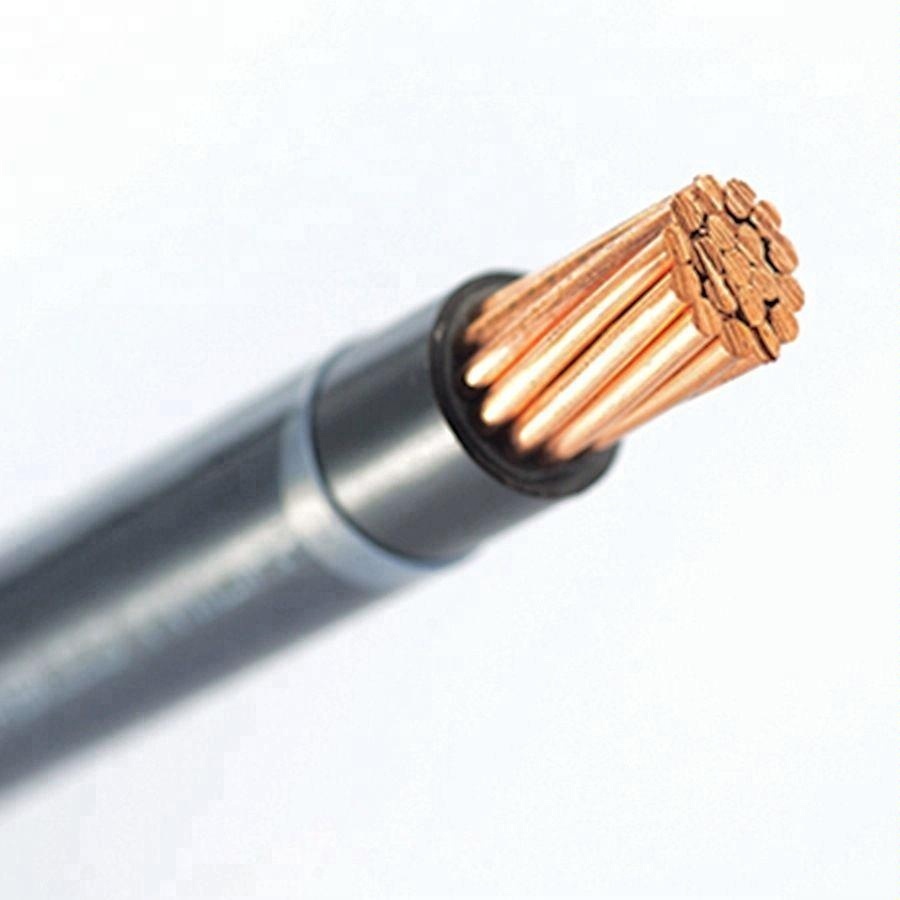
THHN wire and TFFN wire belong to a category of electrical wire also known as building wire.
TFFN and THHN wires are built in accordance with the National Electrical Code for general purpose wiring for installation in conduit or other recognized raceway.
THHN and TFFN wires are essentially the same wire, aside from specific ratings that pertain to each.
The four letters in both wire names signify the approvals the wires have gone through and can help us to uncover the very slight differences between the two.
THHN stands for Thermoplastic High Heat Resistant Nylon, so just from the name we are able to tell that the wire is made of thermoplastic material, can withstand high temperatures, and features a nylon jacket.
THHN Wire Specifications: Construction and Ratings
· Single, annealed bare copper conductor (14 AWG to 1000 MCM)
· PVC insulation
· Rated to 75oC in wet locations and 90oC in dry locations
· Rated to 600V
· Oil and gas resistant
THHN wire is most commonly offered in stranded constructions but is available with a solid conductor from 14 AWG to 10 AWG.
Most THHN electrical wire is also dual-rated as TWHN wire, adding water resistance to the product’s characteristics.
TFFN stands for Thermoplastic Flexible Fixture Nylon, meaning the wire is made of thermoplastic material, is highly flexible, and has a nylon jacket. TFFN wire is also classified as a fixture power wire.
TFFN Wire Specifications: Construction and Ratings
· Single, annealed bare copper conductor (18 AWG or 16 AWG)
· PVC insulation
· Rated to 90°C in dry locations
· Rated to 600V
· Oil and gas resistant
TFFN wire also has a cousin.
TFFN wire is the same as TFFN, except TFN wire features a solid conductor instead of stranded, which is why it hasn’t earned that second “F” for flexibility.
Did you spot the difference? It’s subtle.
Check out the gauge range: TFFN is only available in 18 AWG and 16 AWG, while THHN can be as small as 14 AWG or as large as 1000 MCM.
THHN wire and TFFN wire have essentially the same construction but achieve different ratings at different sizes.
The smaller TFFN wire is more flexible than the THHN wire, but it doesn’t offer the same kind of heat resistance in wet environments as the THHN wire does.
Because TFFN and THHN wire have different ratings and are available in different gauge sizes, there are slight differences in their uses.
While both can be used for machine tools, appliances, and control circuit wiring, the difference lies in the fact that TFFN is used in applications where the NEC designates fixture wire, while THHN is not.
Although fixture wire can be used for control circuits, it can’t be used for branch circuits, but THHN can.
Both wires are used for installation in conduit or other recognized raceway, but raceways for fixture wire have restrictions.
They must be large enough to permit the installation and removal of conductors without damaging the insulation.
THHN and TFFN wire have very few differences, however, it’s important to consider the differences they do have in order to choose the correct wire that can withstand the proper conditions and perform as needed.